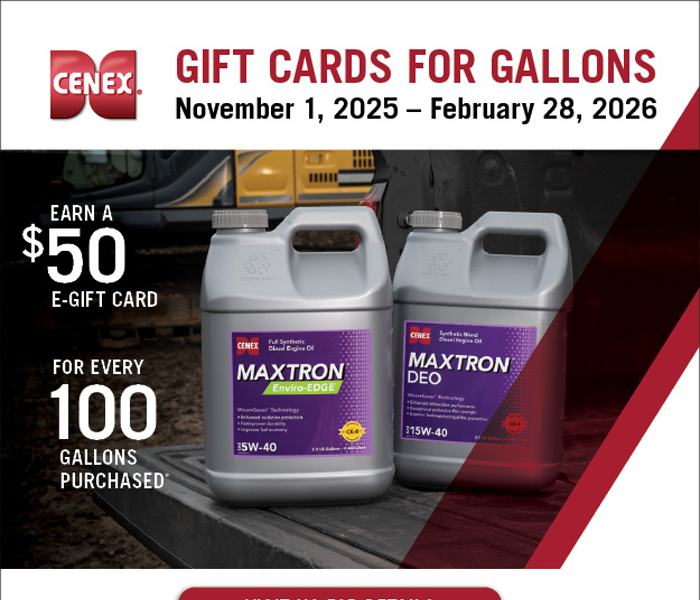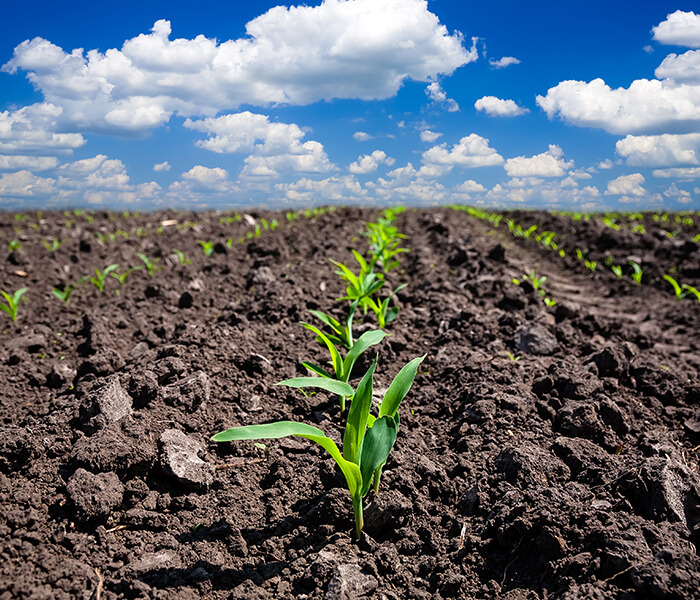Premier Co-op

December Energy News
I hope you were able to enjoy Thanksgiving with family and friends. And I hope you’ve recovered from your food coma. For the 10 of you (including my mom) who read my newslett...

Environmental conditions play a critical role in disease development. Watching the forecast and paying close attention to individual field conditions to help gauge the risk of disease development. Corn in Wisconsin has been reasonably free of disease up to this point this season. However, with the right environmental conditions, Gray leaf spot (GLS), Northern corn leaf blight (NCLB), as well as Tar Spot will be on the radar as we move along into July.
The primary concern with Tar Spot is its potential to drastically reduce corn yields. Severe infections can cause premature leaf senescence, reducing photosynthetic capacity and leading to poor grain fill. Effective management starts when you are considering premium fungicides. There are plenty of fungicides on the market, but to get the most bang for your buck, I recommend a product that contains two or more active ingredients. For example, some products contain a triazole for curative benefits, a strobilurin that offers curative and preventive benefits and a succinate dehydrogenase inhibitor (SDHI) active ingredient that boosts disease control and residual longevity. Newer triazole fungicides provide longer residual control for more effective disease protection than older chemistries and may offer a cost-effective alternative to multiple modes of action products.
Fungicide applications made before a disease spread throughout the corn canopy may help maximize yield potential under environmental conditions that result in high disease pressure. Fungicides do more for a crop than just kill fungus. They also help alleviate stress from a crop. Timing is very critical when planning to apply fungicide.
If you're considering having your corn sprayed, reach out to your Premier Sales Agronomists. They can help map and schedule your fields for spraying and answer any questions you may have.
